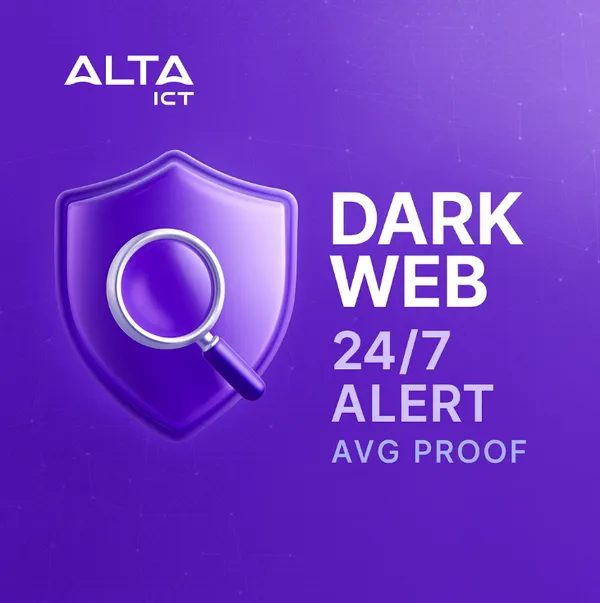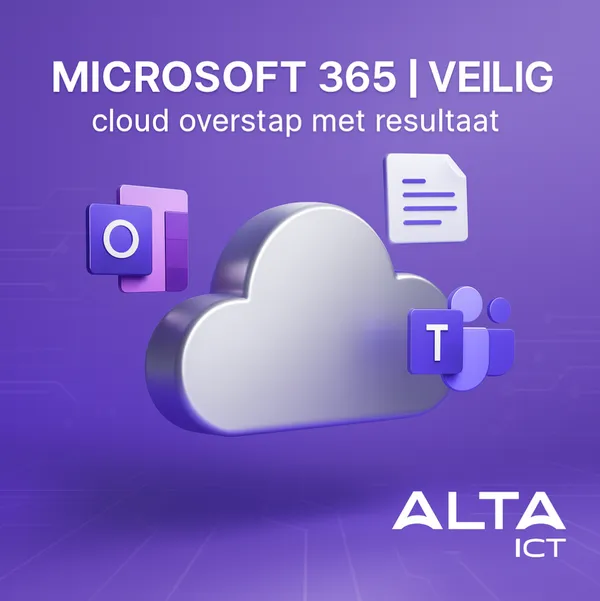
Knowledge base
February 05, 2025
Classification Matrix: Manage sensitive documents effectively
At a time when data breaches regularly make the news, it is crucial for organizations to properly manage sensitive documents. A classification matrix is a powerful tool in this regard. It not only helps organize documents, but also provides a clear overview of how they should be secured.
In this blog, I explain what a classification matrix is, why it is important, and how to create one. ✅
What is a classification matrix? 📊
A classification matrix is a model that organizations use to classify documents according to their sensitivity and security needs. This often involves the use of a BIV classification, which stands for Availability, Integrity and Confidentiality.
With the BIV classification, you assess:
- Availability: How important is it that a document is always accessible?
- Integrity: How critical is it that the content of a document remains accurate and unchanged?
- Confidentiality: How sensitive is the information and who is allowed to see it?
These BIV factors form the basis for determining the classification of a document.
Why a classification matrix is essential 🌟
Proper classification prevents errors and increases the security of your data.
Here are some advantages:
- 🔐 Protects sensitive data: Restrict access to confidential information.
- 📋 Ensures consistency: Everyone in the organization knows which rules apply to which documents.
- ⚡ Increases efficiency: Less time spent searching or doubting how to handle a document.
- ✅ Compliance with legislation: Think AVG, GDPR or other data security regulations.
This is how to create a classification matrix: A step-by-step plan 🛠️
Creating a good classification matrix does not have to be complicated. Just follow this roadmap:
- Identify the types of data 🗂️
- Analyze what types of information occur within your organization (e.g., HR files, customer contracts, emails).
- Determine sensitivity levels 🔒
- Create categories such as:
- Public 🌍 (accessible to all).
- Internal 📁 (employees only).
- Confidential 🔐 (for specific teams only).
- Highly confidential 🚨 (accessible only to management or security).
- Create categories such as:
- Define access levels 🚦
- Establish who has access to each type of document.
- Establish policies and procedures 🖋️
- Make sure employees know how to label and secure documents.
- Implement technology 💻
- Use tools such as Microsoft Purview³, Azure Information Protection⁴, or other Data Loss Prevention (DLP) tools to implement classification automatically.
- Train your employees 🎓
- Make sure everyone is aware of the classification policy.
Tools and technology for document classification 🛡️
The right technology can make a world of difference. Some popular tools:
- Microsoft Purview: For data classification and regulatory compliance.
- Azure Information Protection: Add labels to sensitive files and control who can access them.
- Data Loss Prevention (DLP) tools: Detect and prevent accidental sharing of sensitive data.
Tips for successful implementation 🚀
- Start small: Start with a limited pilot to test the process.
- Monitor and improve: Provide regular audits to see if policies are effective.
- Engage your team: Make it accessible and user-friendly so that employees really use the classification matrix.
Conclusion: Manage sensitive data with confidence! ✅
A well-designed classification matrix helps your organization stay compliant, reduce risk and optimally secure data.
ALTA-ICT is ready to support you in designing and implementing a matrix that complies with all regulations, such as AVG/GDPR¹ and NIS2².
💬 Want to know more? Get in touch and start protecting your data today! 💡
References
¹https://autoriteitpersoonsgegevens.nl/themas/basis-avg/avg-algemeen/de-avg-in-het-kort
³https://www.microsoft.com/security/business/microsoft-purview
⁴https://learn.microsoft.com/azure/information-protection/what-is-information-protection
About the author
My name is Alta Martes, a specialist in Microsoft 365 and Google Workspace, with a focus on modern workplace management, cloud security and identity & access management. With years of experience, I help organizations optimize their IT infrastructure and create a secure, efficient digital workplace.
🎯 Need help with your Microsoft 365 strategy?
Click below and find out how we can support your organization:
Want to know more?

Related
blogs
Tech Updates: Microsoft 365, Azure, Cybersecurity & AI – Wekelijks in je Mailbox.



